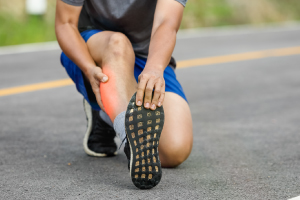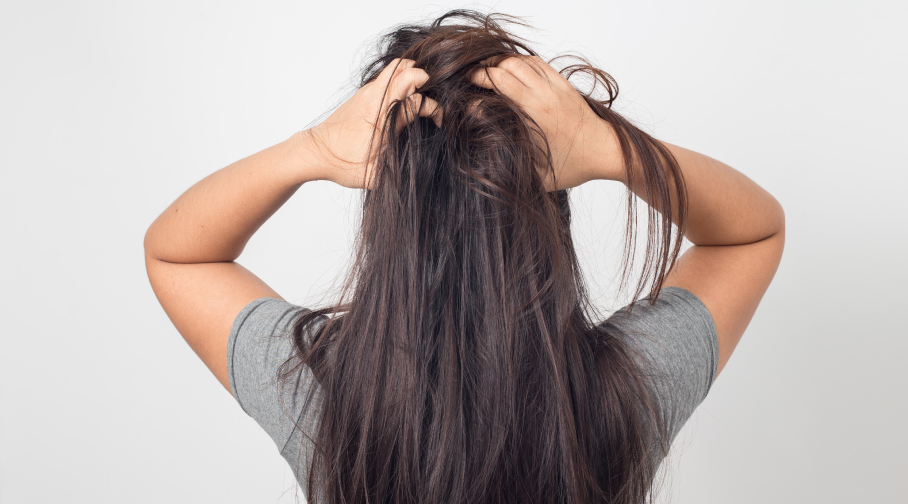

Dealing with a stye may be both unpleasant and inconvenient. Fortunately, various treatment options are available, including excellent home cures for stye. Continue reading to learn about many practical alternatives for relieving discomfort and restoring eye health. Before we get into the treatment, it’s essential to understand what causes stye eyes. Knowing the underlying issues might help you prevent future recurrence, whether due to bacterial infection, plugged oil glands, or inadequate hygiene. There are several effective home cures for stye, ranging from warm compresses to herbal therapies. This article also explains when seeking medical assistance is essential and preventive techniques to lessen the probability of future styes.
What is Stye?
Stye, also known as hordeolum, is a common eye ailment marked by the formation of a tiny, painful lump on the eyelid. It most commonly appears around the edge of the eyelid, either outwardly (external stye) or inside (internal stye). Styes are often caused by a bacterial infection, most commonly Staphylococcus aureus, which attacks the eyelid’s oil glands or hair follicles. Redness, swelling, pain, and a localised lump on the eyelid are all indications of stye. The infected eye may feel inflamed or scratchy in some circumstances. Styes can develop at any age and are not infectious, yet the bacterium that causes the issue can travel from one part of the eyelid to another. Most styes dissolve on their own within one to two weeks without medical intervention. However, a variety of therapies and treatments are available to ease the discomfort and speed up the healing process. Squeezing or bursting the stye might exacerbate the problem and potentially lead to issues.
What are the Common Stye Eye Causes?
Staphylococcus aureus is the most prevalent cause of severe eye infections. The bacteria infiltrate the eyelid and infect the oil glands or hair follicles, forming a stye.
A stye can be caused by a variety of reasons, including:
- Inadequate Hygiene: Poor hygiene practices, such as touching the eyes with unclean hands or failing to clean the eyelids adequately, might increase the risk of bacterial infection and stye development.
- Blocked Oil Glands: When oil glands in the eyelids get blocked or clogged, an environment for bacterial development is created. Excess oil production, dead skin cells, or other debris can all cause a blockage.
- Eyelash Follicle Infection: A stye can form due to an infection in the hair follicles of eyelashes in some situations. The same bacterial infection or other inflammatory causes can lead to this.
- Immune System Weakness: People with compromised immune systems are more susceptible to illnesses, including styes. Diabetes, hormone abnormalities, and chronic diseases can all weaken the immune system and raise the risk of stye development.
Styes are not infectious, but the bacteria that causes the illness might travel from one region of the eyelid to another if adequate hygiene practices are not maintained.
Stye Eye Symptoms
Styes are distinguished by distinct symptoms that might range in severity. The following are the most prevalent stye symptoms:
- The damaged eyelid becomes red and irritated.
- A stye generally produces swelling in the eyelid, particularly around the infection. Depending on the degree of the stye, swelling might be modest to severe.
- Styes are commonly accompanied by pain and soreness. The infected eyelid may be sensitive to touch.
- The appearance of a tiny, elevated lump or bump on the eyelid is one of the key visual signs of a stye. The lump might be packed with pus or seem yellowish.
- Some people may suffer increased tear production or watering of the afflicted eye due to stye.
- A stye can produce the sense that something is in the eye, causing discomfort or irritation.
- In some circumstances, a stye may cause crusting or discharge around the afflicted eyelid.
- The presence of stye might make you more sensitive to light.
It is critical to note that if symptoms increase, the stye remains for a lengthy period or the infection spreads. You should seek medical assistance for correct diagnosis and treatment.
Relieving Stye Symptoms
Stye treatment primarily focuses on symptom relief, healing, and preventing complications. Here are some typical stye treatment methods:
Warm compresses: Using a warm compress on the afflicted eyelid many times daily will help relieve discomfort, decrease swelling, and facilitate stye discharge. Apply a clean, warm washcloth or a cotton ball soaked in warm water to the closed eye for 10 to 15 minutes.
Eyelid Hygiene: It is critical to keep the afflicted eyelid clean. You must clean the eyelid gently with warm water and mild soap or use a professional cleaner. Wearing cosmetics or contact lenses should be avoided until the stye has healed.
Avoid Squeezing or Popping: Avoid squeezing or popping the stye is critical since it might lead to additional infection or the creation of a more severe abscess. Allow the stye to burst and drain on its own.
Over-the-counter Pain Medications: OTC pain medications may help ease discomfort and inflammation caused by a stye.
Antibiotic Ointments or Drops: In rare circumstances, a healthcare provider may prescribe antibiotic ointments or eye drops to help eradicate or prevent subsequent infections caused by the bacterial infection that caused the stye.
Medical Drainage: A healthcare expert may drain the stye if it does not improve or grows progressively painful. This is usually done in a sterile environment.
Avoid Eye Makeup and Contacts: It is best to avoid wearing eye makeup or contact lenses during stye treatment. These can bring bacteria or irritants into the body, causing the healing process to take longer.
Common Home Remedies for Stye
While getting medical care is advised, some stye home remedies can help ease symptoms and aid recovery. Here are some excellent home remedies for stye:
- Compress a tea bag (ideally black or green tea) in boiling water for a few minutes, then set it aside to cool. Place a heated tea bag over the closed eye for 10 to 15 minutes. Tea contains anti-inflammatory tannins, which can help decrease swelling and calm stye.
- Use a small amount of pure aloe vera gel. Aloe vera possesses soothing qualities that can help decrease inflammation and give comfort.
- Make a thick paste using turmeric powder and a small amount of water. Apply the paste to the stye and allow it to sit for 10 to 15 minutes before washing. Turmeric contains antibacterial and anti-inflammatory qualities that may help in recovery.
Remember, that these stye home remedies are not a replacement for medical therapy.
Conclusion
Although managing a stye might be irritating, you can find relief and encourage recovery if you take the appropriate precautions and cures. You may avoid stye eye in the future by being aware of its causes, which include bacterial infections and inadequate cleanliness.
Frequently Asked Questions About Stye
Q2. How do I get rid of a stye overnight?
While it’s unlikely to eliminate a stye overnight, you can take steps to alleviate the symptoms and promote healing. Apply a warm compress for 10-15 minutes, several times a day. Keep your eyelids clean, avoid wearing makeup, and refrain from touching or rubbing your eyes. If the stye persists or worsens, seek medical advice.
Q3. Do styes go away naturally?
In most cases, styes resolve on their own within one to two weeks without medical intervention. Applying warm compresses and maintaining good hygiene can help speed up the healing process. However, if the stye persists, becomes increasingly painful, or affects your vision, consult an eye care professional for appropriate treatment.
Q4. Can I get rid of a stye in 3 days?
While it’s possible for a stye to resolve within a few days, it is not guaranteed. Consistently applying warm compresses, maintaining proper eye hygiene, and avoiding irritants can aid in faster healing. However, individual healing times may vary. If the stye persists or worsens after a few days, seek professional advice.




